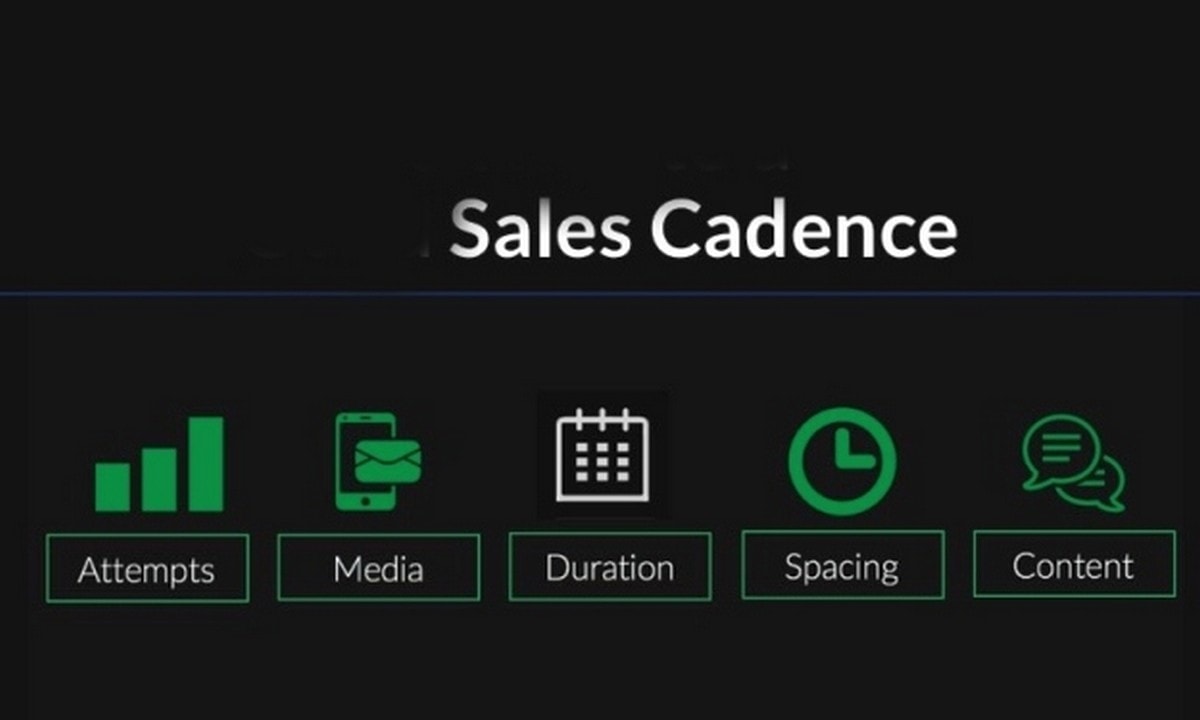
A sales cadence offers a more structured and organized form of lead nurturing. It's a sequence of communications that are designed to move prospects through your B2B company's sales process. Rather than randomly contacting different prospects at different times, you can use a sales cadence. Even if you're familiar with sales cadences, though, there are several common myths about them that you shouldn't believe. Below are five of the most common sales cadence myths.
#1) Only Involves Calls
While you call prospects as part of your B2B company's sales cadence, you shouldn't overlook other channels of communication. Some prospects prefer to talk to sales reps over the phone, whereas others prefer to communicate with sales reps by email. One report found that 80% of prospects prefer email communications. You can include multiple communication channels in your B2B company's sales cadence.
#2) Longer Is Better
A longer sales cadence isn't necessarily better than a shorter sales cadence. Most prospects will, in fact, require multiple touch points to convert. You can't expect to convince a prospect to make a purchase during the initial communication. With that said, including too many touch points in your B2B company's sales cadence may backfire. Prospects may choose a competitor's product or service if you use a long sales cadence, or they may no longer need a particular product or service.
#3) Only Works Outbound Leads
Another common myth is that sales cadences only work for outbound leads. Leads can be classified as either outbound or inbound depending on how they were generated. Outbound leads are generated using traditional advertising and harvesting methods, whereas inbound leads are generated using content that "attracts" prospects naturally. You can use a sales cadence to nurture both outbound leads and inbound leads through your B2B company's sales process.
#4) Requires Manual Tracking
You don't need to track your B2B company's sales cadence manually. If you decide to use a sales cadence, you can use software to track it. Sales cadence tracking is a feature in many customer relationship management (CRM) solutions. You can find it in HubSpot, SalesLoft and other CRM solutions.
#5) Must End in a Sales
While the name would suggest otherwise, a sales cadence doesn't have to end in a sale. Generating a sale is typically the end goal, but you can benefit from other outcomes. Prospects who agree to sign up for a free trial at the end of your B2B company's sales cadence, for example, may become loyal buyers later down the road.
What to learn more? Get in Touch
Latest Posts
-
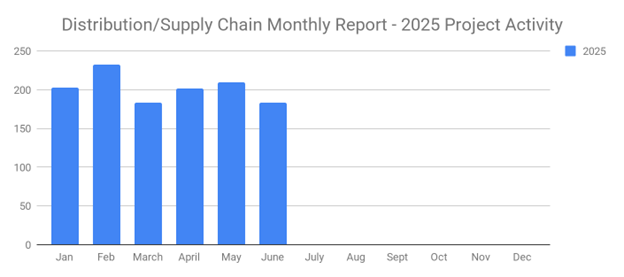
June's New Distribution and Supply Chain Planned Projects Return to March’s 183 Confirmed Figure
-
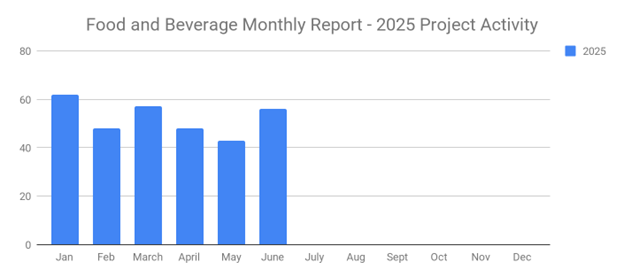
Food and Beverage Rebounds with 56 New Planned Projects Igniting Growth After Decline
-
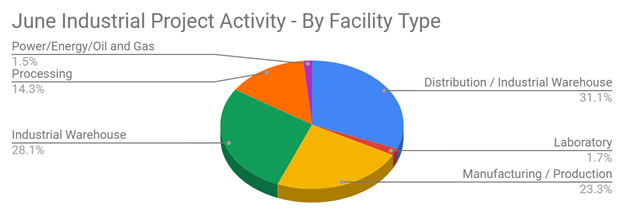
June 2025’s New Industrial Construction Projects Grew 7% Month-Over-Month
-
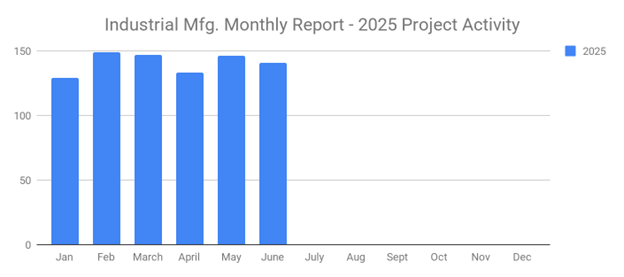
Q2 Industrial Manufacturing Soars 31% for Planned Projects Over $100M; June Planned Industrial Projects Hit 141

